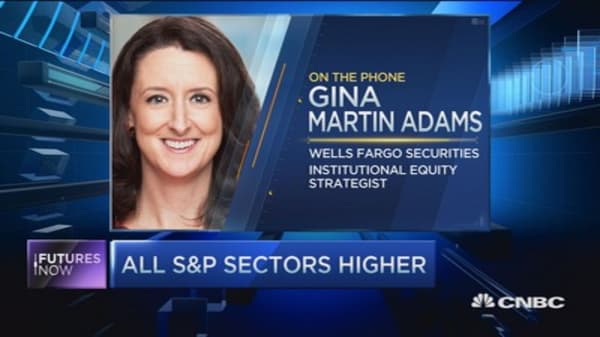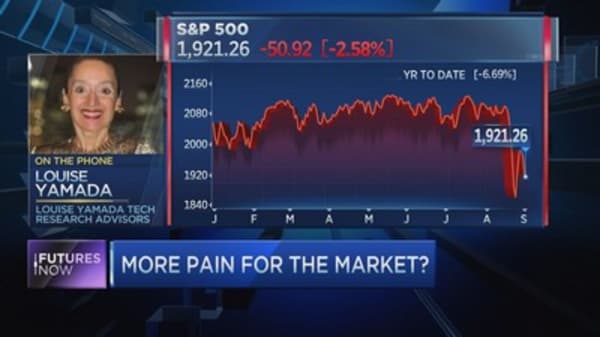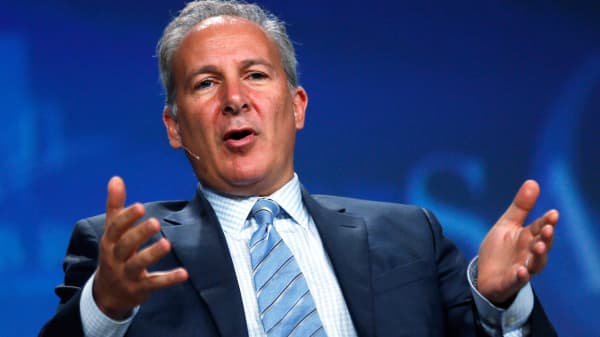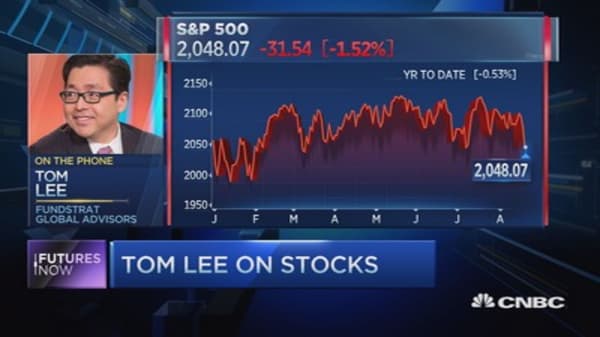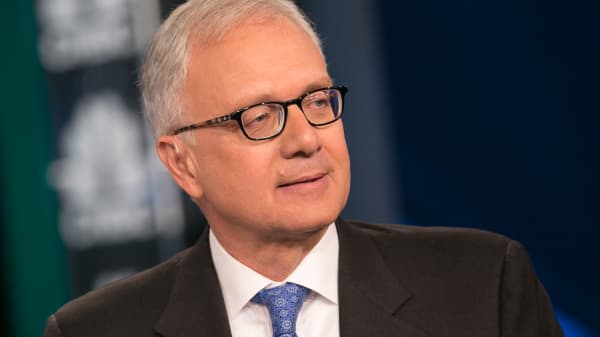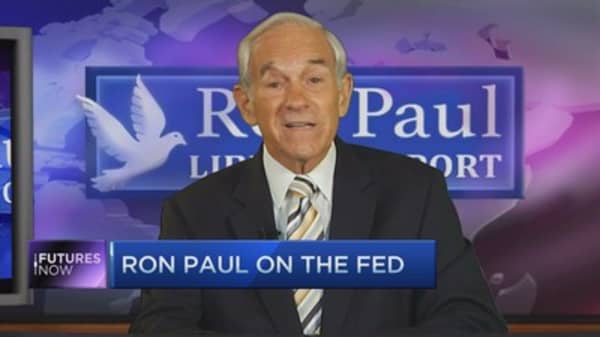The recent spurt in volatility has many market participants drawing comparisons to prior crashes. Now, one former bear claims the market is giving her déjà vu to the late 1990s, and that could mean higher stock prices ahead.
"In terms of the late '90s, there are certainly some echoes and interesting comparisons that we're following," Wells Fargo's institutional equity strategist, Gina Martin Adams, told CNBC's "Futures Now" on Tuesday.
In 1998 the S&P 500 fell more than 15 percent from July to October before resuming its advance and finishing the year with more than 20 percent returns. "We cannot help but note the similarities to the 1998 emerging market financial crisis, and note that it took Fed action to calm the market then," said Martin Adams. A highly anticipated Fed meeting kicks off next week as investors anxiously wait to see if Janet Yellen will hike interest rates.
For Martin Adams, when it comes to the market, the two most important similarities between the current environment and 1998 are the swift decline in crude oil coupled with a sharp rise in the dollar, and the common sector leaders.
"Right before the 1998 crisis in stocks and the broader financial market, we did have a 60 percent decline in oil prices and a roughly 30 percent rise in the dollar. That's about where we are now." In the last 12 months WTI crude oil prices have fallen more than 50 percent while the U.S. dollar index has risen 14 percent in the same period.
Read MoreLeon Cooperman: Why this bull market isn't over
"It's no wonder why the S&P 500 is going through a pretty significant correction in response to the massive destruction in the currency and commodity markets," she continued. "This is a commodity led crisis."






